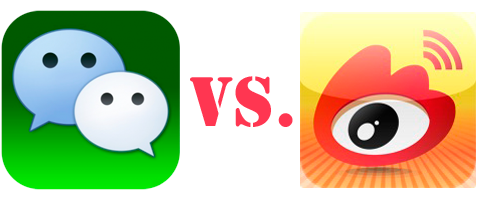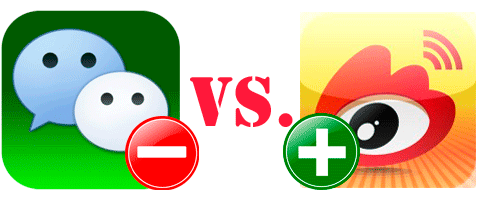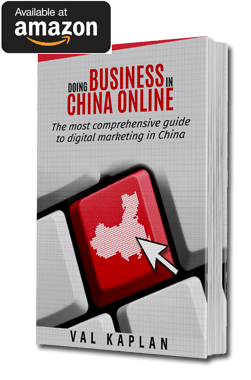Continuing from my previous discussion on the issues to be taken into account for marketing on WeChat vs. Weibo, here is the second part of the list. Clearly, both services offer lucrative opportunities for marketing but, in order to choose the most suitable platform, the important differences must be understood first:
Mobile strategy
WeChat has started as a chat app and evolved around smartphones. In fact, it doesn’t even have a fully functioning desktop equivalent because its entire strategy is based around mobile. Obviously, targeting users wherever they are carries enormous advantages in marketing. Interaction can be triggered based on location such as in O2O (online to offline) cycle and, to some degree, in reverse.
Weibo certainly realizes the advantages of mobile but its original desktop-bound nature makes it more difficult to deliver the same type of experience on smartphones. The majority of Weibo users still prefer it on their PCs or laptops. Naturally, this would remove the important location component in marketing, somewhat narrowing the range of possibilities.
Going viral
WeChat communication has been designed to take place between friends, therefore it is one-to-one interaction to much higher degree than one-to-many. The fact that users can’t see much beyond the activities of their immediate connections limits the routes for a particular message to go viral.
Weibo is famous for getting news across much faster than any other media. This has also caused some problems, resulting in government crackdown on “rumors” and people who spread them. In any case, as far as brand marketing is concerned, a tweet has more chances going viral on Weibo than on WeChat.
Interactivity
With the introduction of official accounts, WeChat has gained a degree of interactivity between a brand and a follower that, until now, could only been seen in native mobile apps. In particular, WeChat’s service accounts are, effectively, a mini app that can get you all kinds of information on request and even connect with a service rep.
Weibo is much more similar to Facebook and doesn’t have an equivalent of WeChat official service account. Brand marketing on Weibo is mainly around broadcasting with interaction occurring primarily via comments and private messaging. This limits opportunities to engage with followers as well as restricting utility from a subscriber’s standpoint.
Research and data mining
Currently, the analytics that WeChat provides with its official accounts is quite limited. Also, the platform doesn’t offer APIs that can dig into data from the “Moments” panel where all the public social activity takes place. Clearly, the private messaging part of the service is off limits for any data mining as well.
Analytics on Weibo is currently much more developed compared to WeChat, although it is still significantly behind what Facebook or Google could offer. There are ways to measure trends and social sentiments on Weibo with the help of some 3rd party platforms, however the quality of the data is often criticized.
Ecosystem
One of the reasons behind explosive popularity of WeChat is its vast ecosystem of apps and added functionality within the platform. Such functionality covers wide range: from booking a taxi and reserving seats in a movie theater to banking and shopping. In addition, WeChat has developed its own payment system that is integrated with the platform.
There is currently no equivalent in Weibo to the type of functionality that WeChat offers. Weibo still remains mainly about consuming content. This is, perhaps, the main drawback of the platform, especially its mobile version, compared to WeChat.






